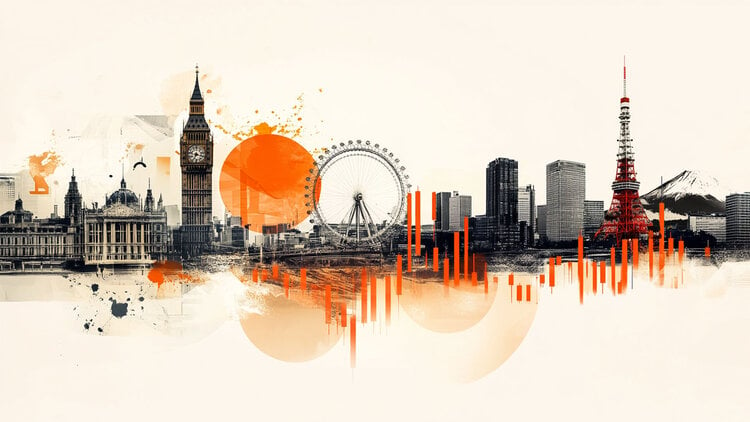The draft regulatory framework for the exploitation of energy – whether wind, solar or tidal – on the high seas in Brazil was approved on Wednesday (17) by the Infrastructure Services Commission (CI).
PL 576/2021, by Senator Jean Paul Prates (PT-RN), regulates the authorization to use the offshore energy modal, that is, installed at sea. The rule applies to enterprises located off the Brazilian coast, such as the territorial sea, the continental shelf and the Exclusive Economic Zone (ZEE).
Seas that are under the Union’s domain and that are viable for the implementation of wind projects will be integrated into the proposal.
However, the project does not address inland wind generation activities. In these areas, the wind does not have the same force as in certain regions of the ocean surface and, therefore, results in lower energy generation efficiency.
The text was approved in the form of the substitute of Senator Carlos Portinho (PL-RJ) in a terminating character. Therefore, it must be analyzed by the Chamber of Deputies, provided that there is no recourse for analysis by the Plenary.
Paul Prates stated that this project encompasses specifications for eventual innovations in the process of generating energy using the force of the sea, such as winds or waves. But, currently, the focus is on investments in offshore wind generation, that is, the generation of energy from the wind inside the sea, in the Brazilian sea.
“And for that, we needed a legal framework, because it is a whole set of public goods in which there is a need for legal certainty to allow long-term investment.”
He added that, as for the solar source, the offshore potential needs to be properly structured, so that suppliers of goods and services can be able to meet this new demand, that generators can drain their production to the point of connection with the basic network, and that they can use the product of their investments in an economical way.
Distribution
Regarding the distribution of government shares to states and municipalities, the proposal establishes that, for the signature bonus, the amount will be destined to the Federal Government, and for the payment for the occupation or retention of the area, the amount will be allocated to the body designated by the Federal Government. Executive responsible for regulating and inspecting the projects and the use of offshore energy potential.
For proportional participation, the amount will be distributed: 50% to the Federal Government; 12.5% for the states and 12.5% for the municipalities where the connection area to the National Interconnected System is located; 10% for the states and the Federal District, apportioned in proportion to the State Participation Fund (FPE); and 10% for the municipalities, apportioned in proportion to the Municipal Participation Fund (FPM).
Portinho’s text also provides that 5% of the proportional share will be allocated to sustainable and economic development projects aimed at impacted communities in the municipalities, such as fishermen and riverside communities.
Still in relation to the bonus, the text establishes that the portion of the amount received by the Union, according to the regulation, will be transferred to the body designated by the Executive Branch as responsible for regulating and inspecting the ventures and the use of offshore energy potential.
On another front, the proposal determines that offshore projects must comply with what is established in Law 9,991, investing 1% of net operating revenue in research and development, aimed at generating renewable energy and innovation in the sector.
In relation to grants prior to the law, for reasons of regulatory stability, they will be valid in accordance with the contracts or acts of grant, provided that they have been preceded by a bidding process.
Only the request for environmental licensing does not constitute a grant to carry out the activity.
Other studies
Today, there are several wind projects with ongoing studies, and the numbers are growing: in August 2021, the IBAMA newsletter reported the existence of 23 offshore wind projects under licensing, totaling almost 50 GW of installed power.
A few months later, in January 2022, Ibama updated the data, indicating 37 projects under its analysis, with total installed power above 80 GW and at least 25 areas with some level of overlap.
*With information from the Senate Agency
Source: CNN Brasil
I am Sophia william, author of World Stock Market. I have a degree in journalism from the University of Missouri and I have worked as a reporter for several news websites. I have a passion for writing and informing people about the latest news and events happening in the world. I strive to be accurate and unbiased in my reporting, and I hope to provide readers with valuable information that they can use to make informed decisions.







